

Only HR, IT, and management are believed to be unaffected by the cuts, which reportedly would see the developer’s title, 2016’s Disney Magic Kingdoms, transferred to Gameloft’s studio in Kharkiv, Ukraine.
Kharkiv? Damn. I mean, Kharkiv is an active war zone. As in “I read regular news reports about fighting there”.
This was today:
https://kyivindependent.com/russia-attacks-kharkiv-with-fab-500-bomb-for-first-time-injuring-4/
Russia attacks Kharkiv with FAB-500 gliding bomb for first time, injuring 4
searches further
And it’s not just casually using the term to refer to Kharkiv Oblast, either. The studio is in the city, slightly on the Russia side.
10 Nezalezhnosti Ave, BC Kvartal, 61022 Kharkiv, Ukraine
EDIT: They aren’t in the district that was bombed above, but they’re one block away from said district.







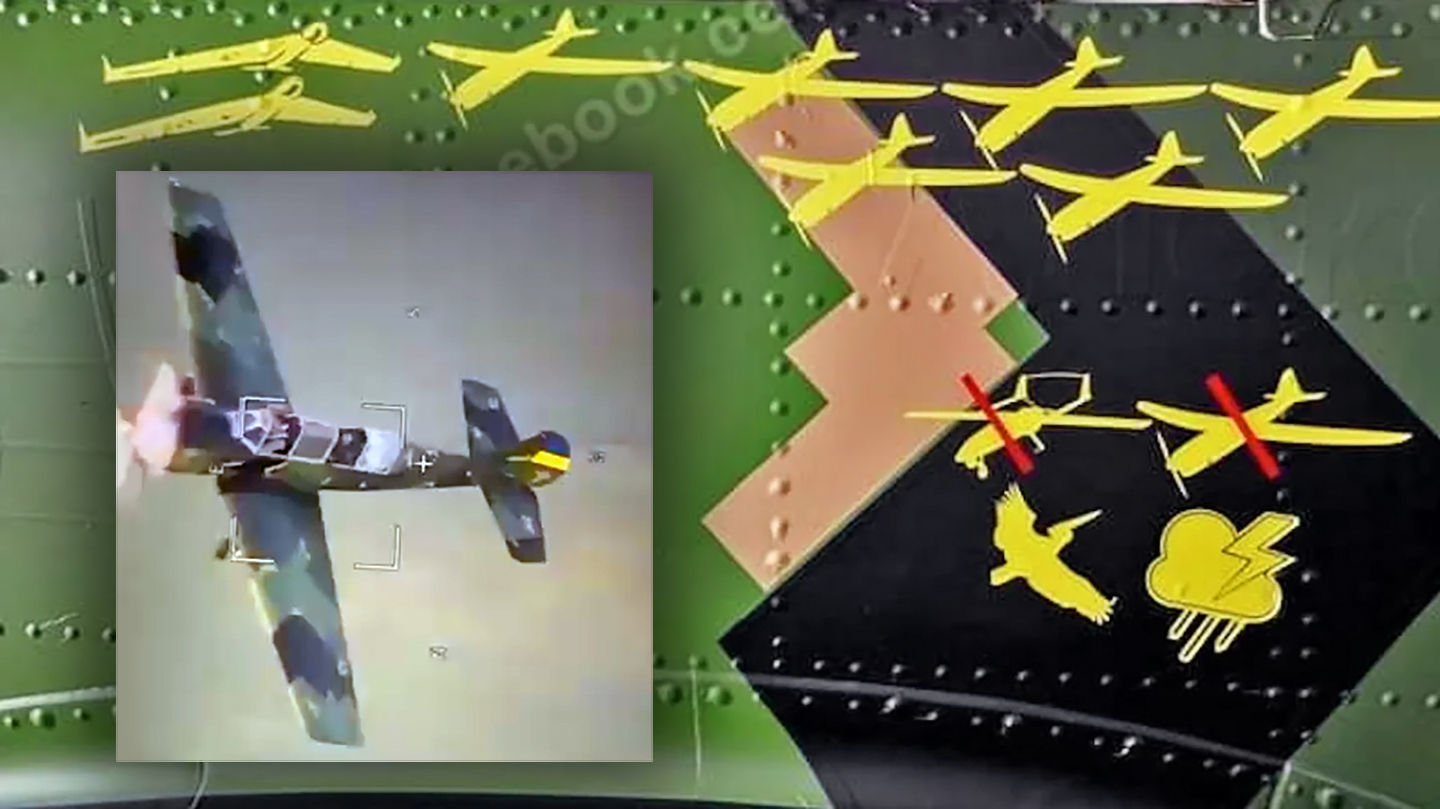





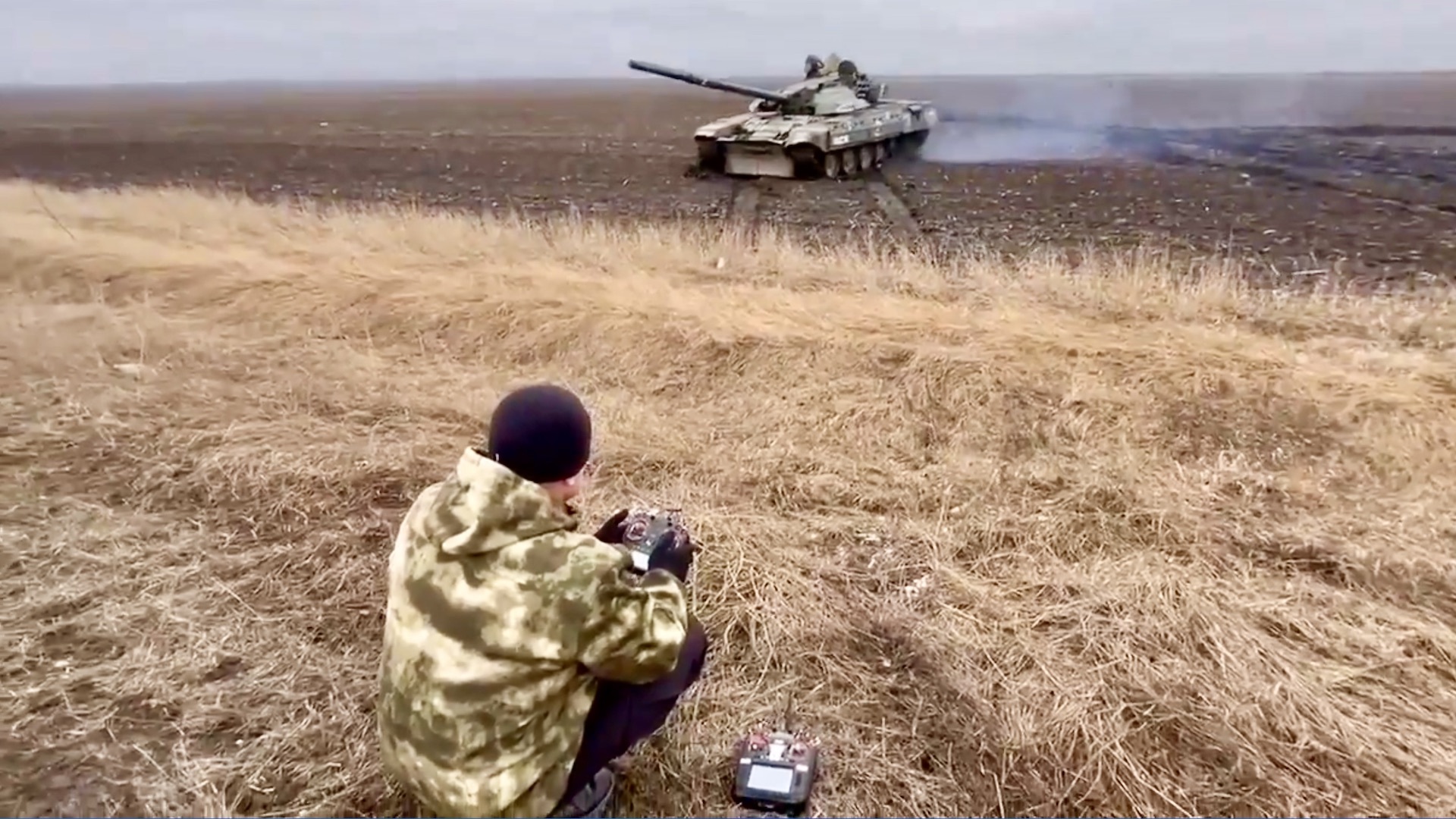



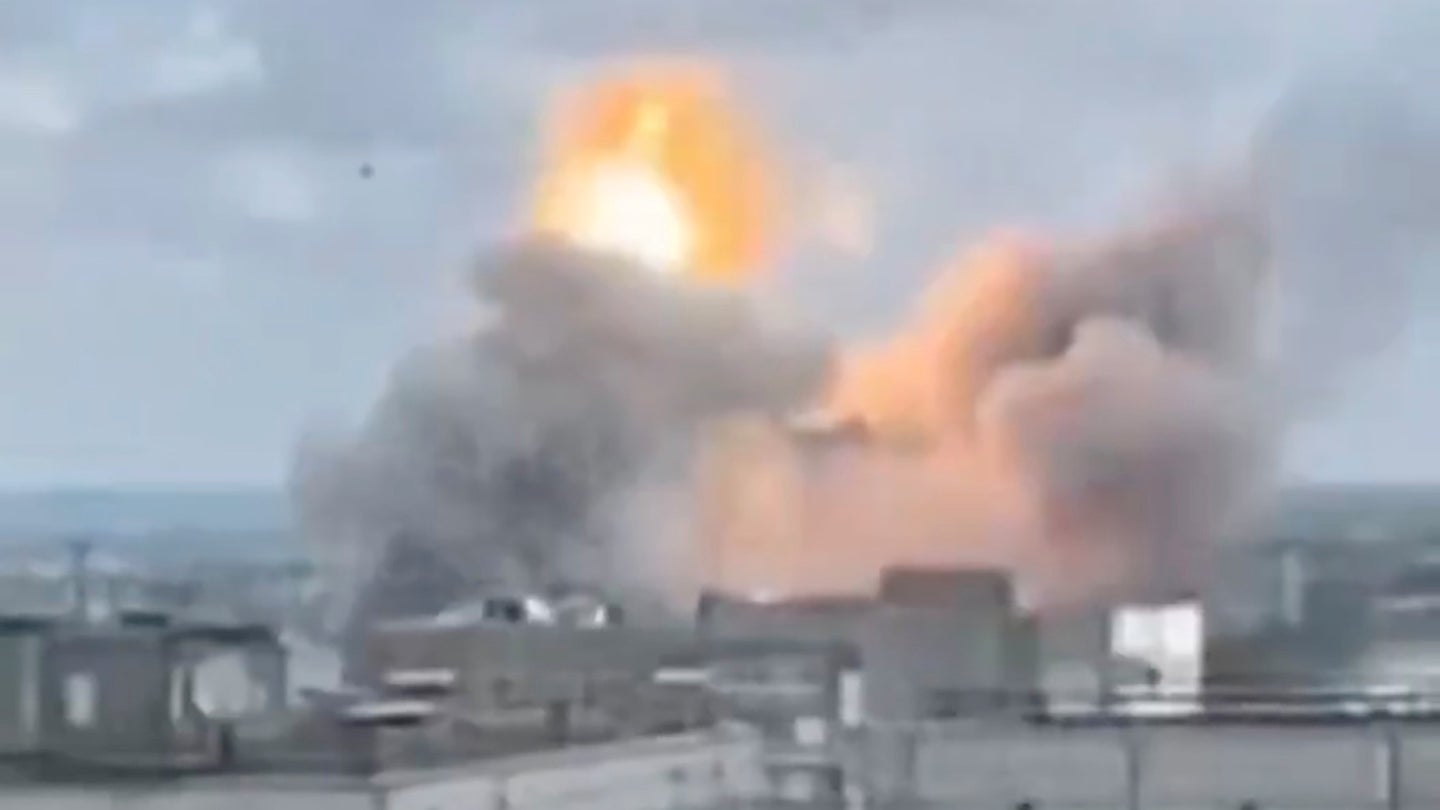




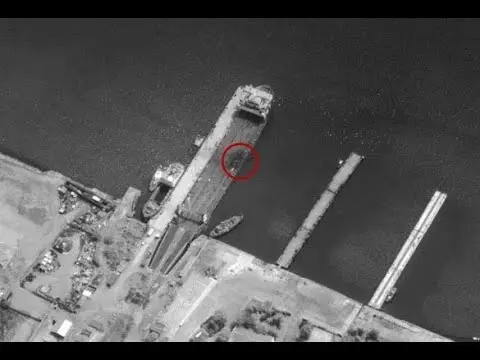
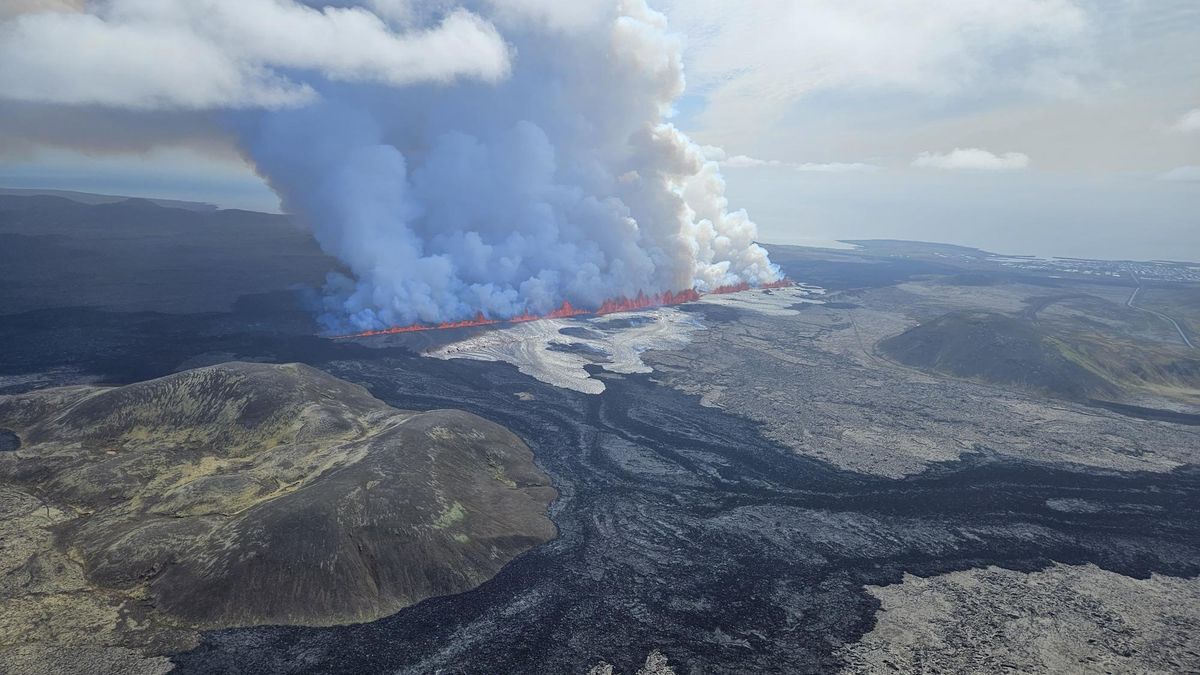
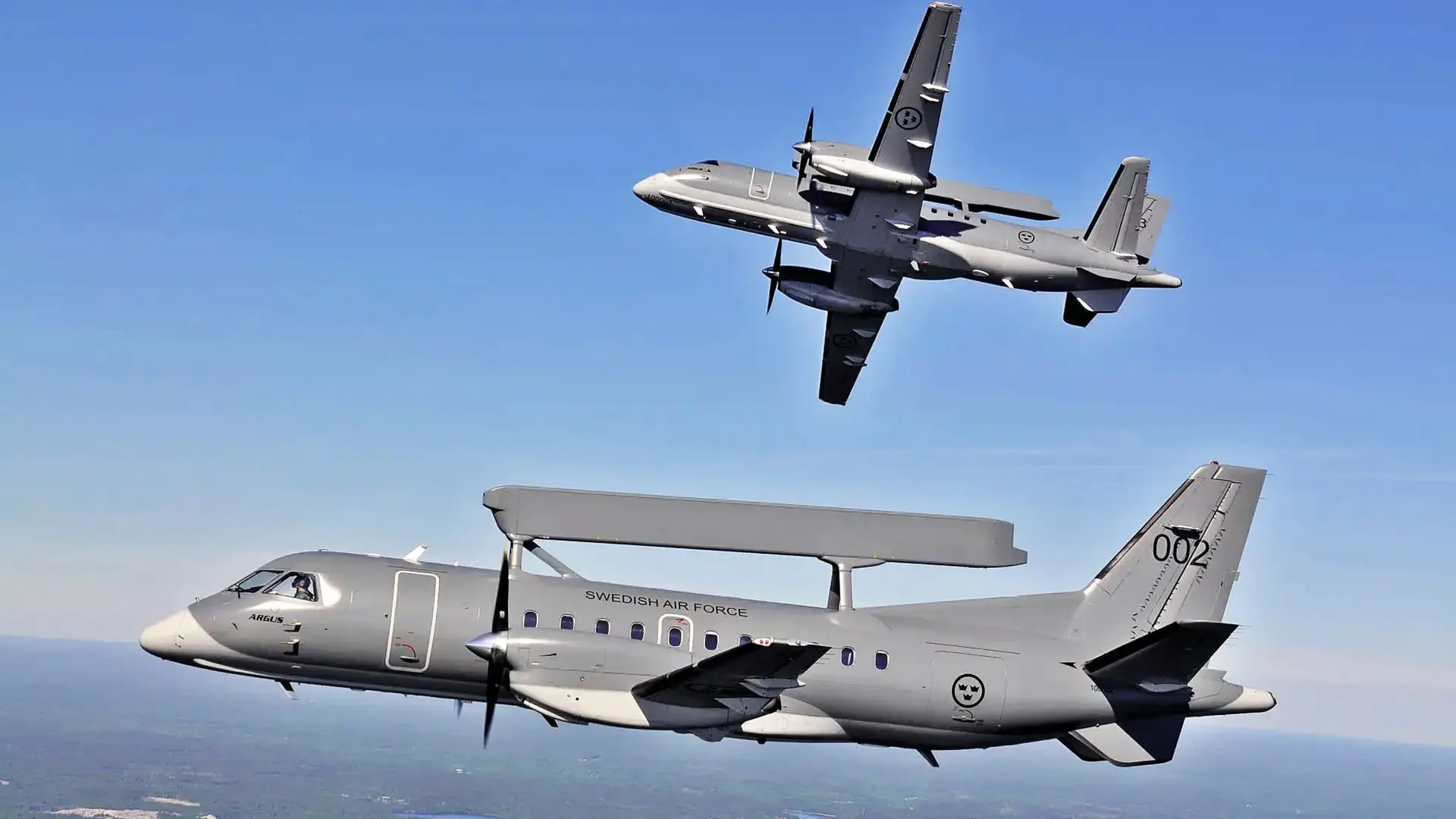
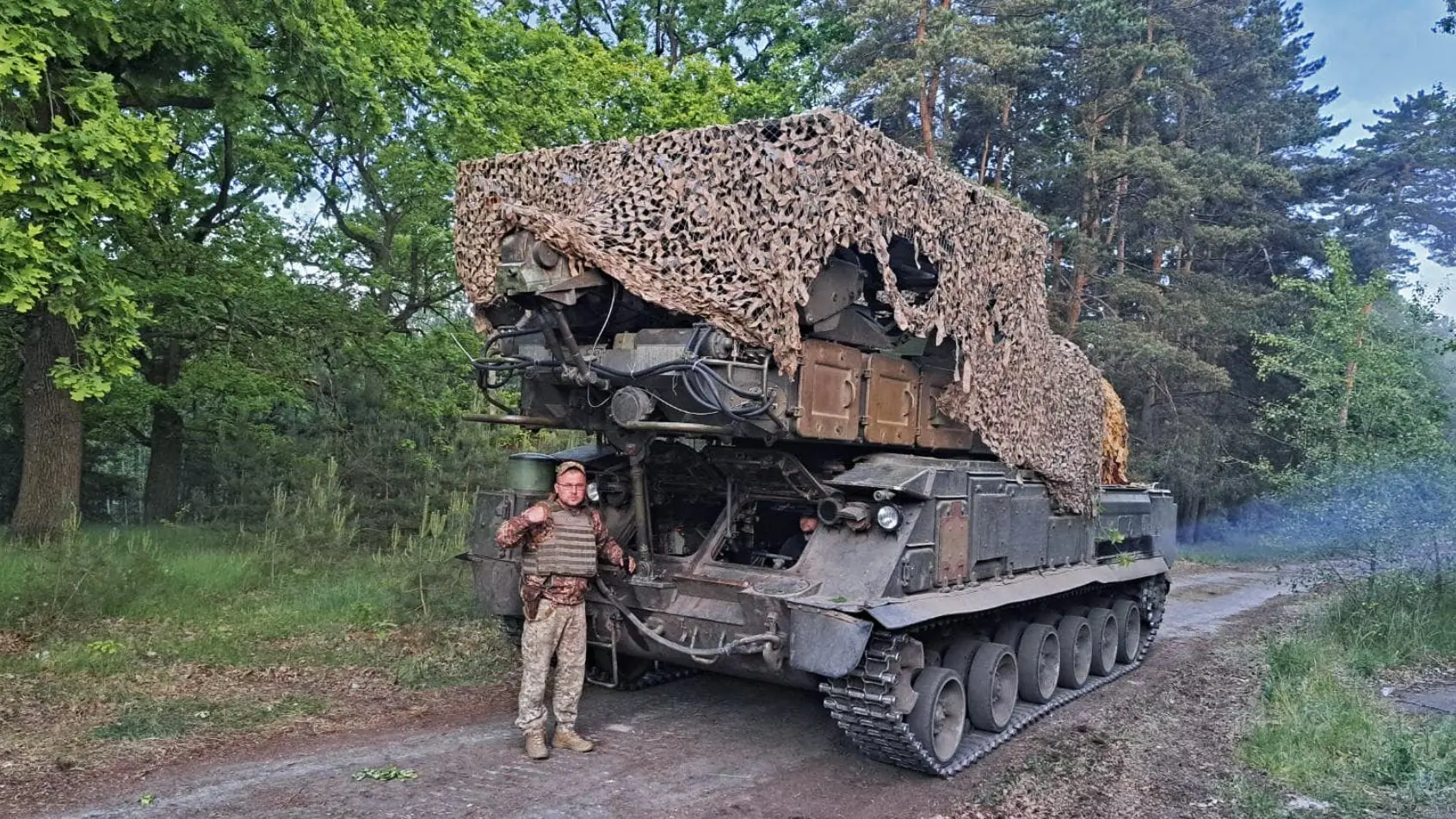
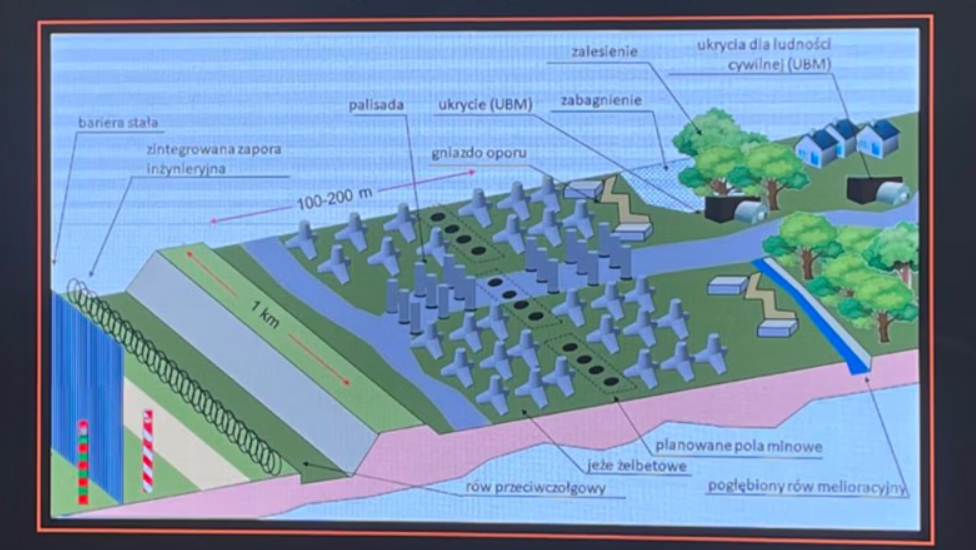

I mean, if you want to play a game made by volunteers, that’s where Team Fortress came from.
There originally was the Quake-based Team Fortress mod.
There was Weapons Factory for Quake II, which was similar.
The TF team was hired by Valve to do the confusingly-named Team Fortress Classic for Valve’s Half-Life, itself based on Quake II.
And Valve did Team Fortress 2.